Summary
- Hinomaru Sumo offers a unique insight into sumo wrestling, showcasing the mental discipline and intense training required for matches.
- Vivy: Fluorite Eye’s Song features invigorating robot-on-robot action with incredible acrobatic prowess and intense combat sequences.
- Grappler Baki delivers raw, brutal combat scenes, blending realistic martial arts with fantastical techniques in high-stakes fights.
Any otaku who loves anime will probably remember a series or two with the most awesome fight scenes. Be it with super forms, power-ups, or flashy techniques – some anime, particularly shonen anime, will just have memorable fights. However, very few anime stand out when it comes to their fighting sequences – especially those that emphasize martial arts.
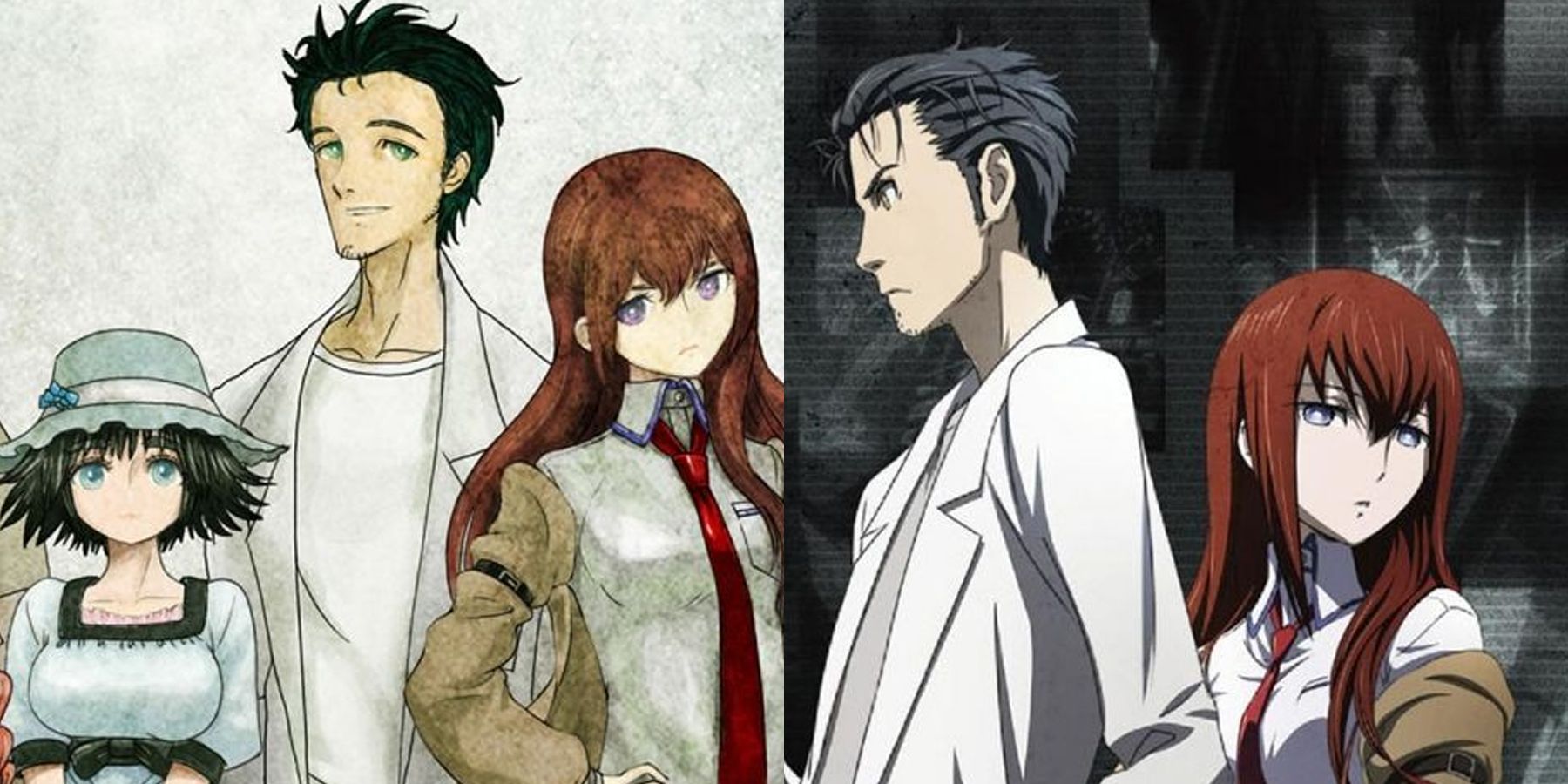
Related
Steins;Gate: Things The Anime Does Better Than The Visual Novel
The popular Steins;Gate anime began as a visual novel game — but in some ways, the adaptation improved on the source material.
Unlike usual shounen and action anime, martial arts anime have an emphasis on both dynamic movement and practicality. Most of the time, martial arts anime focuses on realistic fight sequences – making for some memorable encounters. However, just which are the best martial arts anime of all time?
Updated on January 6, 2025, by Rhenn Taguiam: With the likes of Solo Leveling Season 2, Ishura Season 2, and Kaiju No. 8 Season 2 among must-watch anime fans should watch out for throughout 2025, fans of more niche genres might be looking into more thrilling series to watch in the context of martial arts. After all, with anime visuals only improving through the years, it’s no surprise some martial arts fans are excited to see new works showcasing how awesome fight scenes can be with the right direction and flow. However, for those who want to watch different martial arts anime, some must-tries include a deeper look into sumo, another anime that delves into more realistic street fights, a delinquent-themed anime with decent action, and an AI-centric story with high-octane fight scenes.
1
Hinomaru Sumo
A Young Man’s Quest To Become The World’s Greatest Sumo Wrestler
Fans of martial arts who want to learn more about the thrills of sumo wrestling will love Hinomaru Sumo, a riveting tale of sumo practitioner Hinomaru Ushio as he strives to become the next Hinoshita Kaisan – the greatest sumo wrestler. Before he can achieve that rank, however, he has to become the yokozuna of the high school division – the best among sumo wrestlers in Japan’s high schools.
Hinomaru has one problem though: He doesn’t meet the size requirements for sumo wrestling. This won’t stop him, however. Throughout the series, Hinomaru Ushio and his friends enter the high school sumo wrestling club and slowly make a name for themselves in the professional field of the sport. Despite his size, Hinomaru will immediately make himself known as a threat to behold, as beneath his small stature is one hell of a fighter.
Hinomaru Sumo: The Claim To Fame
One might think sumo is all about just finding one’s proper footing to avoid being taken out of the ring – which is all the more reason Hinomaru Sumo elevates the martial art away from hardcore action into more of an artform. The anime’s soundtrack perfectly builds tension in each bout, with animation properly emphasizing each step, strike, grapple, and even throw during matches. The mental “fights” across matches are also decently executed, with Ushio Hinomaru transforming into a demon or an oni while his opponents have an aura of equally-intimidating monsters. Outside the ring, characters themselves are appealing and have a sense of pride in their roles as wrestlers – and each of them become versatile warriors as soon as they enter the dohyo.
2
Vivy: Flourite Eye’s Song
A Songstress Fights Her Way To Sing To The World
At first glance, Vivy: Flourite Eye’s Song doesn’t seem to have any business being a martial arts anime. After all, its premise takes place in the near future where humanity has begun creating more “directed” autonomous AI whose functionalities only excel if they are given one purpose. Vivy, also known as Diva, is the world’s first autonomous AI, and she is given an ambiguous mission: To “sing from her heart.”
Having no idea what this means, Vivy sets out on a journey to discover her purpose – a path that eventually makes her a singer at NiaLand Amusement Park using her “Diva” persona. However, when she learns that humanity’s future is rife with a war against AI, Vivy makes it her personal mission to save Earth – a mission that will hopefully help her realize her true purpose.
Vivy: The Claim To Fame
Despite Vivy’s rather wonderful mission to “sing from her heart,” she seems to pack just as much energy into her punches. The anime’s robot-on-robot action is nothing short of invigorating, with Vivy’s acrobatic prowess and the intensity of her hits equally reciprocated by enemies of various talents and skillsets. With almost all of her opponents being fellow AI, Vivy showcases fight scenes of epic proportions – examples of which involve Vivy gliding high up in the air, an opponent drawing a knife from inside an arm compartment, and Vivy skillfully dodging before returning her own kicks. The OST to accompany said fight scenes is nothing short of stunning, making Vivy’s fight scenes mesmerizing to look at and listen to.
3
Garouden
Street Fighters Out To Prove Themselves In Intense Fights
Garouden: The Way of the Lone Wolf
- Release Date
-
May 23, 2024
- Seasons
-
1
- TMDB User Rating
-
0
.0
Similar to other street-fighting stories out there, Garouden is a tale of individuals striving to be the best they can be. Set in a version of the real world where the Federation of Amateur Wrestling (FAW) is the underground realm where street fighters make a career for themselves, Garouden protagonist Bunshichi Tanba is a fighting expert whose hunger for a good fight brings him to this very arena.
However, his quest for the “ultimate fight” will put him at a crossroads between two “monsters” in the fighting world. FAW owner Makoto Tatsumi and karate master Shozan Matsuo will force Tanba to face incredibly powerful individuals – all specializing in martial arts and techniques that will give him the thrill of his life.
Garouden: The Claim To Fame
“Raw” fighting is the key term for matches in Garouden, and there’s just a keen intensity in their fights that will keep viewers glued to their screens. Unlike other martial arts anime that leave a lot of their action to the viewers’ imagination (and suspension of disbelief), Garouden tries to be as realistic as possible. Matches take place mostly in empty areas on the street, rooftops, or even in informal settings. The Federation of Amateur Wrestling is the perfect “avenue” to showcase just how authentic and organic street fights are, with punches, kicks, and throws thrown not carelessly but with as much precision as strategy. Characters think about their opponents’ moves and how they should counter, and they retreat as often as they strike.
4
Wind Breaker
A Delinquent Anime With Sleeker Fight Scenes
Wind Breaker
- Release Date
-
April 4, 2024
- Seasons
-
1
- Creator(s)
-
Satoru Nii
Haruka Sakura of Wind Breaker grew up an outcast due to his appearance – heterochromia in both his hair and eyes which, in most anime worlds, would instantly denote someone as protagonist material. Prejudice from others hardened Haruka into a street fighter, but also makes him just as lacking in social skills. After enrolling at Furin High School, where strength seems to trump academics, Sakura becomes a member of the Bofurin – delinquents intent on protecting the town of Makochi from harm.
While Sakura has a hard time socializing with his new friends, their adventures will help him open up to become a better person. And in this school scene where street brawls are common, fans are in for a wild ride as fights to be the best school in town result in both tactical and rowdy scenes where martial arts aren’t rampant but rather a result of quick thinking.
Wind Breaker: The Claim To Fame
Fans of delinquent anime will appreciate Wind Breaker for just how gruff and rowdy its cast can become. With Haruka Sakura being the trademark “protagonist with the unique hair and eyes” taking center stage with his lack of social skills but a stubbornness that is reflected in his unique fighting style, Wind Breaker has enough charm to be appealing. While “martial arts” in Wind Breaker are negligible in terms of formality, the teens’ reliance on their street smarts to navigate fights is a breath of fresh air from martial arts anime where “techniques” and “power levels” are rampant.
5
Yawara! A Fashionable Judo Girl! (1989-1992)
A Girl With A Natural Talent In Judo Who Doesn’t Like The Sport
|
Release Date |
October 16, 1989 to September 21, 1992 |
|---|---|
|
Streaming Service (s) |
– |
|
Studio |
Madhouse |
|
Number of Episodes |
124 |
|
MyAnimeList Score |
7.48 |
It’s not always that a martial arts anime strays from the conventional “fight to save the world” plot and instead focuses on an actual fighting sport, and Yawara! A Fashionable Judo Girl! does this for judo. The plot centers around Yawara Inokuma, a seemingly-ordinary young girl who wants to live an ordinary life until her natural talent for judo has caught her grandfather’s attention. Under his strict tutelage, Yawara was forced to train in judo with her grandfather intent on bringing her to the 1992 Summer Olympics in Barcelona to secure the gold medal.
The anime focuses on Yawara balancing her desire to become a normal teenager, her reluctance to participate in sports, and her conflicting feelings about her grandfather. Throughout the anime, Yawara encounters new friends and rivals who would teach her just what made her grandfather fall in love with the sport in the first place. While the anime suffers from being more of a sitcom than a hardcore sports/martial arts anime, it does a decent job developing its cast of characters to know exactly what their motivations can become going into their respective matches.
Yawara: The Claim To Fame
Unlike other sports and martial arts anime where the protagonist is often a newcomer who grows into a prodigy, Yawara begins as a prodigy right off the bat. In fact, her rival is someone who aspires to catch up to her – an interesting twist in the formula. Moreover, judo matches in the anime are relatively swift – with a lot of build-up leading to satisfying finishes. Being a character who competes in open-weight classes, it’s interesting to see how Yawara adjusts to opponents of different statures, speeds, and even fighting styles. Should viewers manage to
6
Shootfighter Tekken (2002)
A Traditional Seeking-Fighters Story With An Underground Arena Twist
|
Release Date |
January 31, 2002 to April 26, 2002 |
|---|---|
|
Streaming Service (s) |
– |
|
Studio |
AIC |
|
Number of Episodes |
3 (OVA) |
|
MyAnimeList Score |
6.87 |
At first glance, Shootfighter Tekken follows a similar premise to other martial arts anime where the protagonist is motivated heavily to fight other strong fighters. The show’s protagonist, Kiichi Miyazawa, is trained by his father in the secret martial art of Nadashinkage-ryu. As the designated successor of the art, Kiichi has to fight and defeat other strong fighters around the country. In classic shonen fashion, Kiichi and his friends constantly find themselves in fights where Kiichi has to fight while trying his best not to reveal his secret training.
However, beneath this familiar premise is an interesting backstory. As it turns out, Kiichi’s father Seiko was a world-renowned fighter defeated by the pro-wrestler Iron Kiba, proving to the underground scene that pro-wrestling is better than the martial art. While Seiko wants Kiichi to prove the world wrong and return Nadashinkage-ryu to its height, Iron Kiba is out for revenge as he loses his eye to Seiko in their match. Added to the dynamics are other members of the Miyazawa family, such as Kiichi’s ruthless uncle Kiryu, and other fighters whose own skills test Kiichi’s mettle.
Hitori No Shita: The Claim To Fame
Unfortunately for martial arts fans, the short stint of Shootfighter Tekken pales compared to its source manga, which other enthusiasts compare to Baki regarding pacing and action. However, fans who want a more “chill” martial arts experience without too much technical focus can enjoy Shootfighter Tekken for its inherent quirkiness. Kiichi always gets himself into fights, every other person is a fighter, and the occasional broken bone is an everyday sight. Seeing Kiichi eager to learn more about pro-wrestling and other martial arts techniques extend to the fight scenes, which, while not boasting as much fluidity as modern works, can certainly become a decent change of pace to other fighting anime that tend to drag their battles.
7
Dragon Ball (1986-1989)
A Legend’s Humble Beginnings
While fans of the Dragon Ball franchise today are likely more familiar with Goku’s adventures in Dragon Ball Z and recently in Dragon Ball Super, the original Dragon Ball anime is more closely tied to its roots as a martial arts anime than its sequels. Goku’s original adventure begins when he meets the Dragon Ball-hunting Bulma, in their quest to summon Shenron, helping them meet other Z-Fighter staples such as Master Roshi, Yamcha, and even Chi-Chi. When Goku is introduced to the World Martial Arts Tournament, he quickly befriends Krillin, makes a rival out of Tien Shinhan, and even eventually encounters Piccolo’s father, King Piccolo.
In the context of its time, Dragon Ball is more of a traditional shonen adventure than a martial arts series. However, compared to recent Dragon Ball media with flashy beam attacks and transformations, Goku relied heavily on martial arts in his youth. Save for the occasional Flying Nimbus and transformation into the horrific Great Ape, Goku’s fights involved a lot of traditional punches, kicks, jumps, and parries – a refreshing sight considering its age and Dragon Ball’s current form today.
Dragon Ball: The Claim To Fame
It’s evident in classic Dragon Ball how the popularity of martial arts shows at the time shaped the way fight scenes are presented in the show. There’s an emphasis on Goku using everything around him to fight much taller opponents, with the young protagonist taking advantage of his short stature and expertise with the pole to outpace his opponents. Teen Goku is revealed to be more agile and more focused on hand-to-hand combat, especially with his growth coinciding with the tournament-focused latter parts of the series.
8
Samurai 7 (2004)
A Retelling Of The Seven Samurai
|
Release Date |
June 12, 2004 to December 25, 2004 |
|---|---|
|
Streaming Service(s) |
Animax, Funimation, Adult Swim, Crunchyroll |
|
Studio |
Gonzo |
|
Number of Episodes |
26 |
Film enthusiasts will easily acknowledge Akira Kurosawa’s Seven Samurai as one of the most important movies ever to grace cinemas, and Samurai 7 attempts to retell their story within a futuristic steampunk-inspired setting. Much of the premise, characters, and personalities are similar to the source material: the town’s villagers terrorized by cyborg bandits search for samurai willing to defend them in exchange for rice. Kanbei Shimada is the first samurai to accept the call, and he recruits six others – all with drastically different personalities and sometimes even powersets – to aid the village.
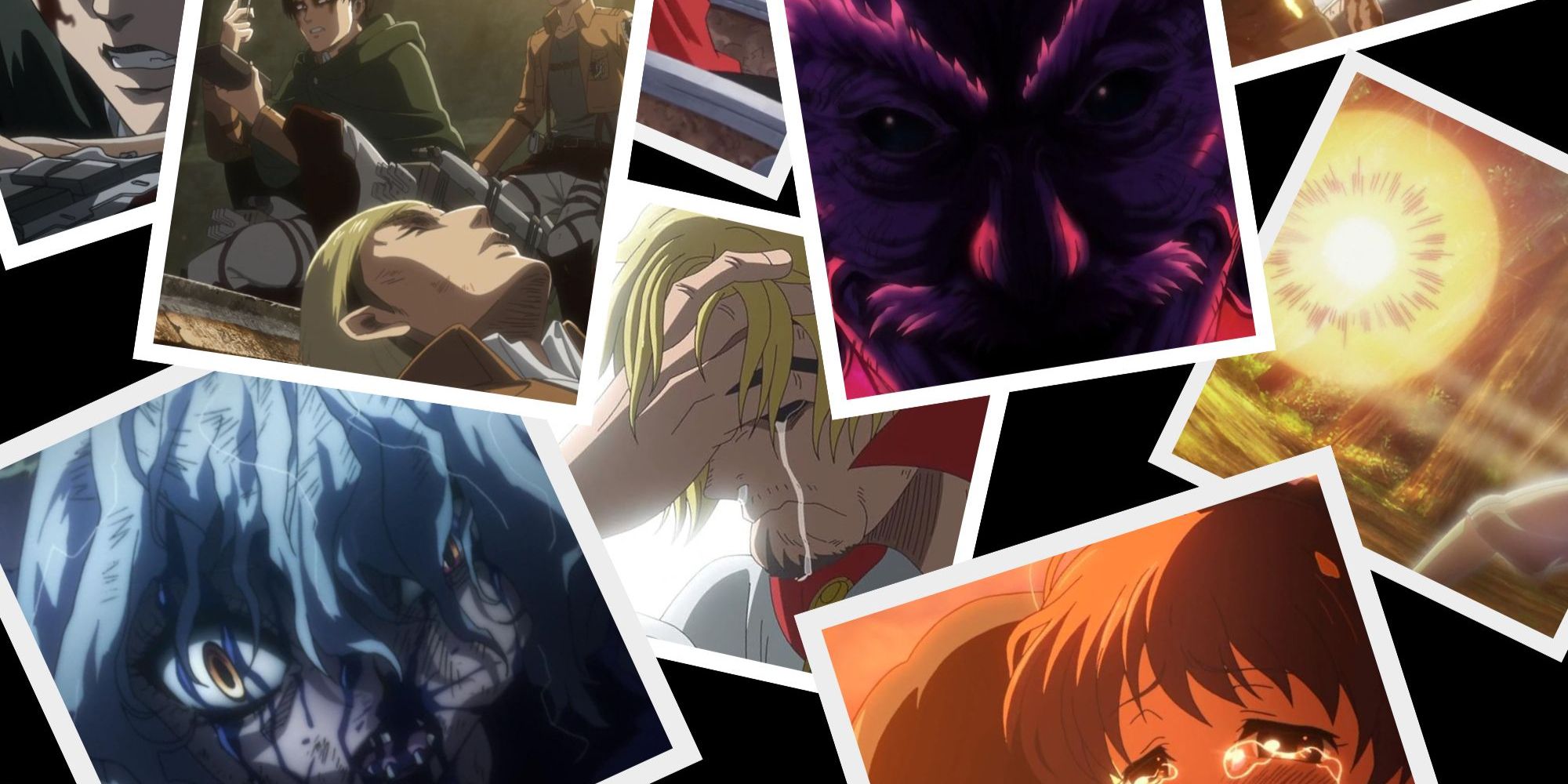
Related
Highest Rated Anime Episodes According To IMDb
The following anime episodes have the highest ratings on IMDb, with some of them reaching near-perfect scores.
Fans looking for a piece of media inspired by Seven Samurai would delight in how Samurai 7 reconciles the original material’s setting with its futuristic take. The plotline is generally the same, with more unique fight scenes and displays of swordsmanship given the anime’s premise. Despite its contentious ending and overall presentation, martial arts enthusiasts may find it interesting to see Samurai 7’s warriors clash with steampunk-esque enemies.
Samurai 7: The Claim To Fame
Despite technically being a homage, the steampunk premise of Samurai 7 meshed pretty well with its fight scenes – a sight to behold, especially for fans of multi-genre works. Seeing swordfights happen between humans, cyborgs, and even mecha can make fans of the genre wonder what other surprises are in store with each action scene. Not to mention, the emphasis on swordplay meant characters had varying styles that showcased not just their prowess but even reflected parts of their personality.
9
Jujutsu Kaisen (2021)
Sorcerers Fight With Strict Rulesets
Yuji Itadori of Jujutsu Kaisen would’ve had an ordinary school life had he not swallowed the finger of Ryomen Sukuna, the King of Curses. This occurrence will thrust Yuji into the world of Curses, or evil spirits who thrive off human suffering after being created from Cursed Energy present in all living things. To avoid execution due to Sukuna’s presence in his body, Yuji enters Tokyo Prefectural Jujutsu High School, where he trains to be a Jujutsu Sorcerer capable of controlling Cursed Energy.
Despite Jujutsu Kaisen‘s typical high school setup, the award-winning anime has garnered praise for its initial story arcs and intensive power system. Fights in Jujutsu Kaisen aren’t just against horrific monsters, but also between Jujutsu Sorcerers with different agendas – all of which are reflected in unique powersets often grounded with rules that sometimes even work against the very characters who use them. Yuji’s ridiculous strength allows him to contend with his foes in intense martial arts sequences, but it’s also just as interesting to see how other cast members use their unique powers against each other, resulting in some of the most memorable fight scenes in anime.
Jujutsu Kaisen: The Claim To Fame
Despite its supernatural premise, Jujutsu Kaisen boasts its fair share of stunning action sequences – not just through its demonstration of spellcasting, but in how characters utilize different kinds of martial arts to demonstrate their specialties. This puts Jujutsu Kaisen on a more “grounded” path compared to the likes of fellow supernatural-focused shows such as Bleach, especially when Jujutsu Kaisen characters show a particular fluidity in their movement – even if some of their attacks are superhuman in nature.
10
Hajime no Ippo: Fighting Spirit (2002)
A Story Of A Boxer’s Dream
With an ongoing manga run that started in October 1989, martial arts fans looking for a decent anime should look no further than Hajime no Ippo: Fighting Spirit. Despite its hefty 76-episode count, its story arcs tackle the first of rookie boxer Ippo Makunouchi’s many trials as he rises the ranks – from amateur boxer to going up against legends in the big leagues. Many sports and martial arts fans would easily look at Hajime no Ippo as one of the best demonstrations of an inspirational fighting story, one where Ippo’s growth as both a character and a boxer is reflected inside and outside of the ring.
Among the highlights of Hajime no Ippo is its in-universe depiction of real-life boxing, from its rules to its version of a professional league, and even the fights themselves. It demonstrates high-octane boxing fights as mental and psychological games among the combatants, each waiting for opportune moments to strike with their signature moves. Despite his build as an inspirational protagonist, Ippo is portrayed as someone who still loses to more professional fighters – and his growth as a boxer is seen not just in this anime but even its sequels, making Hajime no Ippo among the definitive must-watches for martial arts fans.
Hajime No Ippo: The Claim To Fame
The boxing premise of Hajime No Ippo is more than just an exploration of what happens to boxers behind the scenes. Fight scenes across matches are a culmination of both the training and dialogue characters have with each other. To transform the mental outplay and physical highlights across matches into riveting callbacks to each fighter’s philosophy and fighting style grounded the boxing in this series to a level where even newcomers to the sport could appreciate each hit.
11
Ranma 1/2 (1989)
Body-Switching Martial Arts Mayhem
When father and son Ranma and Genma Saotome fall into cursed springs, Ranma is cursed with the ability to transform into a girl when doused with cold water and returns to normal with hot water. While this setup and his attendance at Furinkan High School already make room for hijinks, Ranma’s membership in the Anything-Goes School transforms Ranma 1/2 into one of the more amusing fighting anime before more mellow martial arts shows took over screens in modern times.
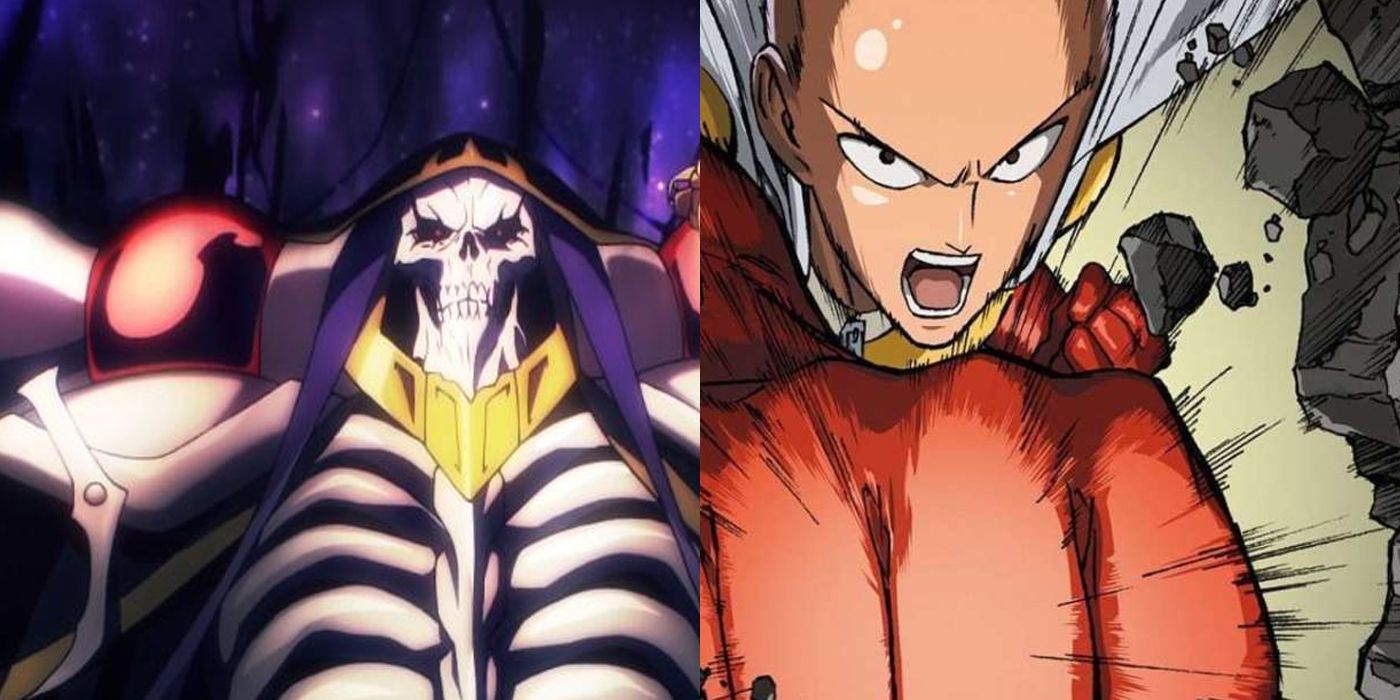
Related
Best Anime With Overpowered Main Characters, Ranked
Super powerful protagonists capable of anything might feel redundant in an anime plot, but these series are fun to watch despite an OP MC.
On top of prospective love interest Akane, Ranma often crosses fists with long-time rival Ryoga Hibiki, villainous grandmaster Happosai, the ninja Konatsu, and martial arts master Ryu Kumon. Given the comedic nature of the anime, martial arts in Ranma 1/2 isn’t immediately as flashy as modern takes on the genre. However, this anime is one of the early series to prove that comedy and martial arts have the potential to mesh together for a decent story.
Ranma 1/2: The Claim To Fame
While Rumiko Takahashi would be most notable to the masses for InuYasha, her previous work in Ranma 1/2 served as somewhat of a “tease” of what she could offer when mixing comedy, romance, and martial arts. Moreover, seeing comedy build up to intense fighting sequences at the story’s climax makes Ranma’s action scenes all the more worth anticipating.
12
Air Master (2003)
Freeflowing Gymnastics Reign Supreme
| Release Date | April 2, 2003 |
|---|---|
| Studio | Toei Animation |
| Number of Episodes | 27 |
While the Street Fighter anime based on the hit franchise revolved around a worldwide tournament, there are not a lot of scenes about its namesake: Street-level fighting. Fans looking for a more grounded take on martial arts may appreciate Air Master, where former gymnast Maki Aikawa has started to utilize her keen athleticism and acrobatics to her advantage as she entered Tokyo’s underground street fighting scene. Known eventually as “Air Master” for her focus on flying-like gymnastic movements, Maki began thirsting for more combat thrills as she grew tired of Tokyo’s usual fighters.
Air Master revolves around Maki’s discovery of the Fukamichi Rankings, a fighting league where the world’s best street fighters compete against each other for training, prestige, and proving their supremacy. Despite the anime’s age and oftentimes shoddy animation, fans of martial arts will appreciate Air Master fight scenes for being elaborate and fluid in movement, directing the eyes exactly to what Maki and her opponents intend to do without the distractions of flashy effects.
Air Master: The Claim To Fame
Although anime fans may notice the 2003 Air Master anime is a bit lacking in terms of sleek visuals, the series makes a deliberate attempt to showcase fluidity in its fight scenes. Sans the awkward poses and the occasional janky animation, Air Master boasts more free-flowing action as it shows well-animated hand twirls, quick kicks, and body twists in situations that need them. This fluidity gives Air Master fight scenes a more flexible edge compared to other action anime at the time.
13
Tomorrow’s Joe (1980)
One Of The OG Inspirational Sports Anime
Before Ippo Makunochi and Hajime no Ippo graced modern sports and martial anime with the thrills of boxing, it’s Tomorrow’s Joe or Ashita no Joe that’s considered among the best anime due to its impact on both the industry and the sports genre. Starring drifter Joe Yabuki, chance encounters with former boxing trainer Danpei Tange and former boxing prodigy Toru Rikiishi would motivate Joe to pursue a career in boxing.
Unlike Ippo’s rather long career, Joe Yabuki’s story in Tomorrow’s Joe is rather short, working more as a personal tale of passion instead of a long-winding journey toward victory. Aside from a very riveting story and controversial ending, fight scenes in Tomorrow’s Joe have a similar intense feeling due to how personal they get from the perspective of Joe’s desires not just to win but to prove something to himself.
Tomorrow’s Joe: The Claim To Fame
At its core, the 1970s animation style of Tomorrow’s Joe gives it both a “retro” feel for visual lovers and a more fluid approach to fight scenes for martial arts fans. Punches and blocks, alongside reactions from Joe and his foes, felt more “definitive” due to the old-school approach of animating action sequences. Not to mention, Joe being an icon to the struggling working class, on top of his characterization and growth in the story, transformed Tomorrow’s Joe into a template of what a sports anime should be like.
14
Air Gear (2006)
Futuristic Skating Meets Martial Arts
Air Gear
- Release Date
-
April 4, 2006
- Finale Year
-
November 30, 2007
- Seasons
-
1
- Creator(s)
-
Hajime Kamegaki
A more surprising anime to reveal a martial arts subgenre would be Air Gear, a shonen series revolving around fictional inline skates called Air Gear that allow its users to perform intense stunts in mid-air. The story stars Itsuki Minami, or “Ikki,” as he discovers the wonders of Air Gear but at the cost of being dragged into the world of underground fights as “Storm Riders.”
While combat in Air Gear feels more like sci-fi martial arts compared to traditional fight scenes, the fluidity of its action sequences rivals those of martial arts anime. Being able to whip out punches and kicks in mid-air as Ikki and his rivals duke it out on rooftops remains breathtaking to see. Not to mention, the addition of an element of semi-realism with skates-esque Air Gear can give viewers a sense that they may be able to pull off the same techniques if they learn skating – a feeling quite unlike other anime that have more explosive fight scenes.
Air Gear: The Claim To Fame
Despite Air Gear deviating from its original manga storyline, the anime’s balance between fantastical martial arts and realism separated it from its shonen cousins. The idea of Air Gears facilitating vertical travel should already entice viewers interested in extreme sports, and supplementing this visual with the idea of “fighting” in gangs with these mechanical tools added much-needed angst appeal.
15
Samurai Champloo (2004)
A Stylistic Take On Samurai
- Release Date
-
May 20, 2004
- Seasons
-
1
- Creator(s)
-
Shinichirô Watanabe
Fans who love their fair share of samurai anime series will appreciate Samurai Champloo for its reinvigorating take on samurai fiction, where its version of Edo-era Japan blends historical elements with modern cultural trends such as hip hop. The story begins when outlaw Mugen, and Ronin Jin have a sword fight that ends up destroying the shop where Fuu is working as a waitress. When she saves the both of them from execution, Fuu tasks them with helping her find a samurai who smells of flowers. This simple premise has led the trio to embark on various adventures that almost always end up with interesting sword fights.
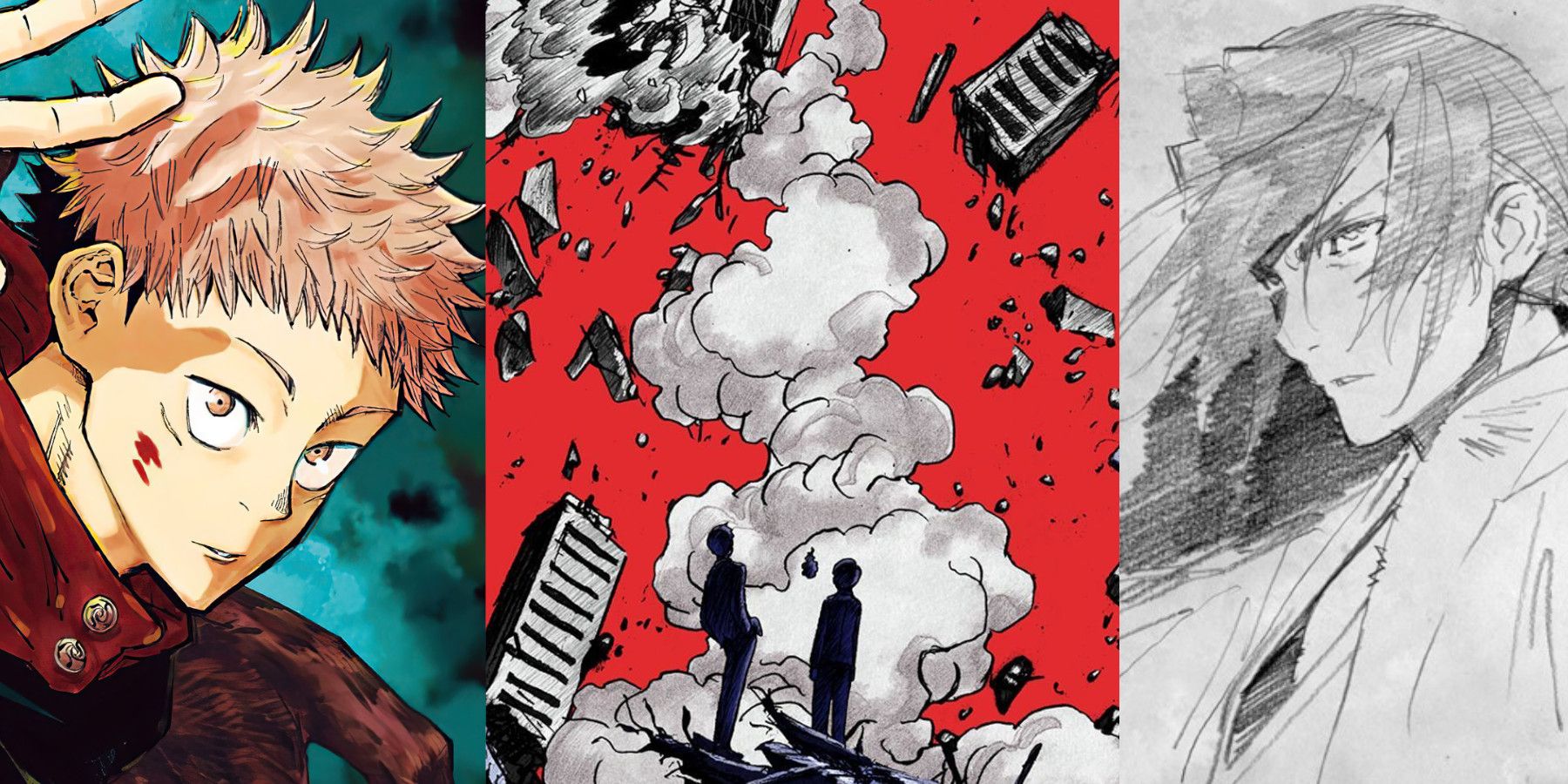
Related
Anime With Complex Fight Choreography
Plenty of anime have cool fights, but these excel at elaborate, expertly animated fights, be it hand-to-hand or blade-to-blade.
Mugen and Jin’s rivalry extends beyond their personalities, with their fighting styles offering vastly different perspectives of fights. Not to mention, the emphasis on cultural acceptance as well as respect towards cultural minorities is a refreshing theme to explore in a samurai anime. Viewers hoping to have a look into the overall feel and aesthetic of Samurai Champloo may want to know that it’s directed by Shinichiro Watanabe, who was also the director of The Animatrix and Cowboy Bebop.
Samurai Champloo: The Claim To Fame
Shinichiro Watanabe of Cowboy Bebop fame showcases his flair for evocative visual styles, this time using the global cultural significance of hip-hop as a way to introduce themes such as acceptance towards minorities. This visual flair extends to fluid martial arts sequences, where fight scenes felt like extensions to storytelling and not cut out of the narrative.
A Ninja Story With A Dark Twist
Ninja Scroll
- Release Date
-
June 5, 1993
- Director
-
Yoshiaki Kawajiri
- Runtime
-
94 Minutes
Perhaps one of the most interesting martial arts anime of all time, Ninja Scroll from 1993 isn’t necessarily an anime series but is rather a film. Set in Feudal Japan, Ninja Scroll stars Kibagami Jubei, a ronin or a mercenary swordsman who has to fight a team of shinobi with supernatural powers. Jubei’s mission is to stop this team, called the Eight Devils of Kimon, who plan to overthrow the Tokugawa shogunate.
Jubei isn’t alone in his journey, as he’s accompanied by the kunoichi Kagero, who has a body filled with toxins, and government spy Dakuan. Despite its age and prominence of supernatural abilities, Ninja Scroll highlights the quality of hand-drawn art and precise martial arts prominent in the 90s, boasting some of the most fluid animations out there.
Ninja Scroll: The Claim To Fame
Despite being traditionally interspersed between dialogue, the swordfights in Ninja Scroll boasted keen technical choreography that succeeded in introducing both the setting and protagonist Jubei. The samurai film’s approach to more deliberate fight scenes added depth to otherwise stereotypical villains, giving credence to how it may have inspired the storytelling-in-fights approach of the Wachowskis to The Matrix.
Fluid Combat And Weapon Action Make A Compelling Series
Another “ninja scrolls” themed martial arts anime comes in the form of Basilisk: The Kouga Ninja Scrolls. Released in 2005, Basilisk is an adaptation of a 2003 manga, which is also an adaptation of a 1958 novel. The story takes place in 1614 when ninja clans Kouga and Iga fight each other to determine which grandson of Ieyasu Tokugawa has the right to become the next shogun.
This premise alone reeks of classic martial arts goodness, and much more thrilling is the idea that ten elite ninjas from each clan have to fight each other to the death. Compared to supernatural-focused Ninja Scroll, Basilisk has a particular emphasis on weapon combat and fluid bodywork that adds a different level of intensity to its ninja battles.
Basilisk: The Claim To Fame
Released at the height of Naruto fame, Basilisk manages to dispel outrageous ninja abilities with more grounded fight scenes featuring characters with reasonable powersets. The anime emphasizes each combatant’s penchant for assassination, extending Basilisk’s martial arts to become tests of both the mind and body. Viewers can even see such a tactical requirement extend in fight scenes, with choreography and character blocking having a basis in a character’s combat preference.
18
Kenichi: The Mightiest Disciple (2012-2014)
A Traditional Journey From Zero To Hero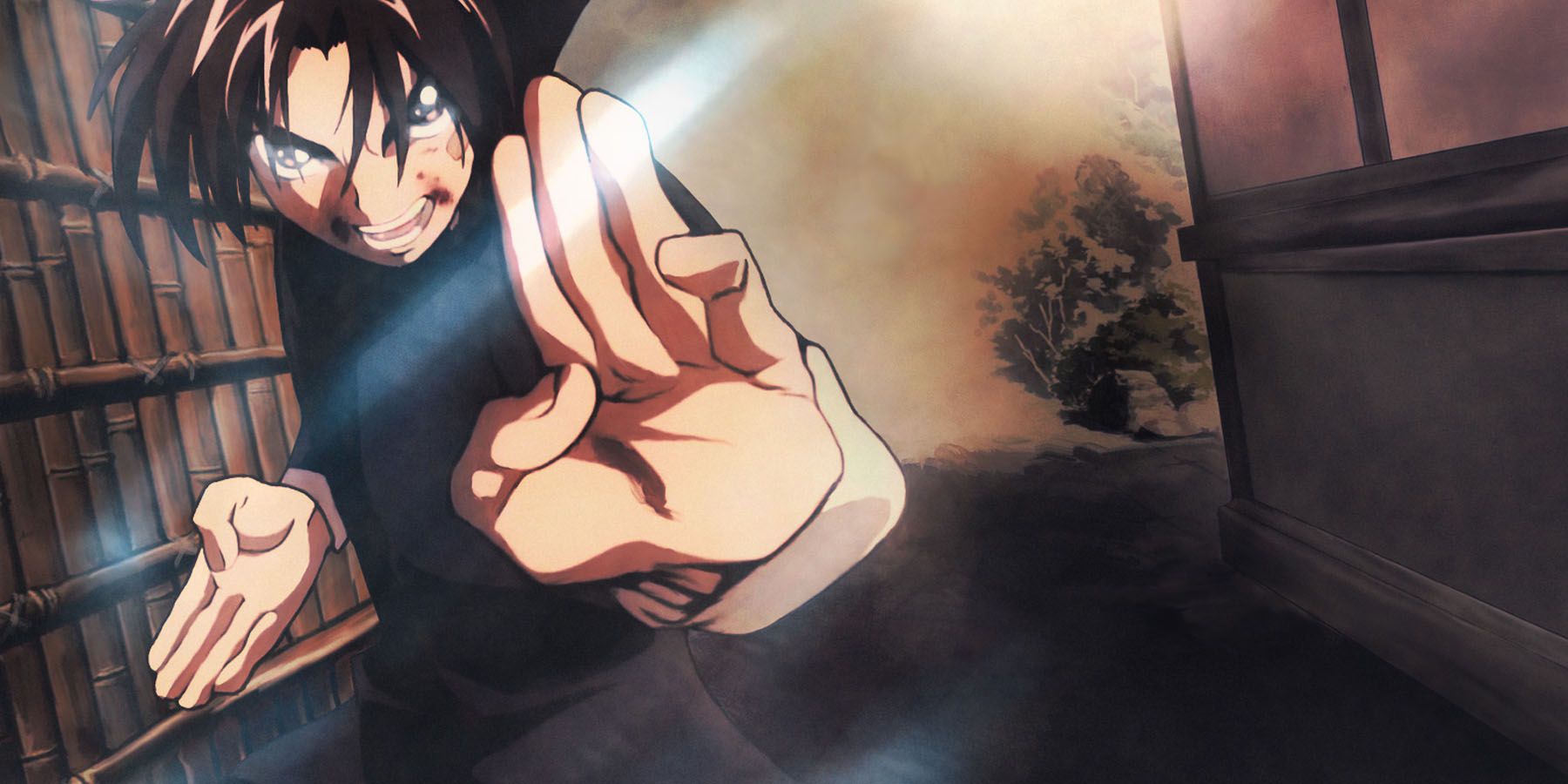
Kenichi: The Mightiest Disciple
- Release Date
-
October 8, 2006
- Finale Year
-
November 30, 2013
- Seasons
-
1
- Creator(s)
-
Syun Matsuena
Despite its nature as a comedy anime, Kenichi: The Mightiest Disciple is probably one of the most intense martial arts anime of all time. Originally released in 2006, the story focuses on high school student Kenichi Shirahama and his quest to learn martial arts to stop being bullied.
While a lot of its episodes contain hijinks and other shenanigans, Kenichi steadily improves his performance as a martial artist with each passing day. Fans of the series eventually see his improvement from a fledgling warrior into a master across the anime’s 50 episodes, making his progress quite a delight to watch.
Kenichi: The Claim To Fame
While the 2006 anime had its fair share of remarkable fight scenes, Kenichi works its charm best through its OVA. Typical fan service and comedic moments aside, Kenichi’s fights with most of his enemies boast fluid choreography and decisively animated movements that are remarkably easy to follow. This visual choice, combined with consistent combatant commentary, gives Kenichi the vibe of watching the thought process of fighting game players.
19
Sword Of The Stranger (2007)
Cinematic Style Samurai Battles
Sword of the Stranger
- Release Date
-
February 5, 2009
- Director
-
Masahiro Andô
- Runtime
-
103 Minutes
Another martial arts anime that fans of fluid fighting must watch is Sword Of The Stranger. Although an adventure film rather than an anime series, Sword Of The Stranger is quite a spectacular watch despite its 2007 release. Its story follows the young orphan Kotaro, who finds himself being hunted down by swordsmen from the Ming Dynasty. However, things change in Kotaro’s favor when the ronin Nanashi starts protecting him.
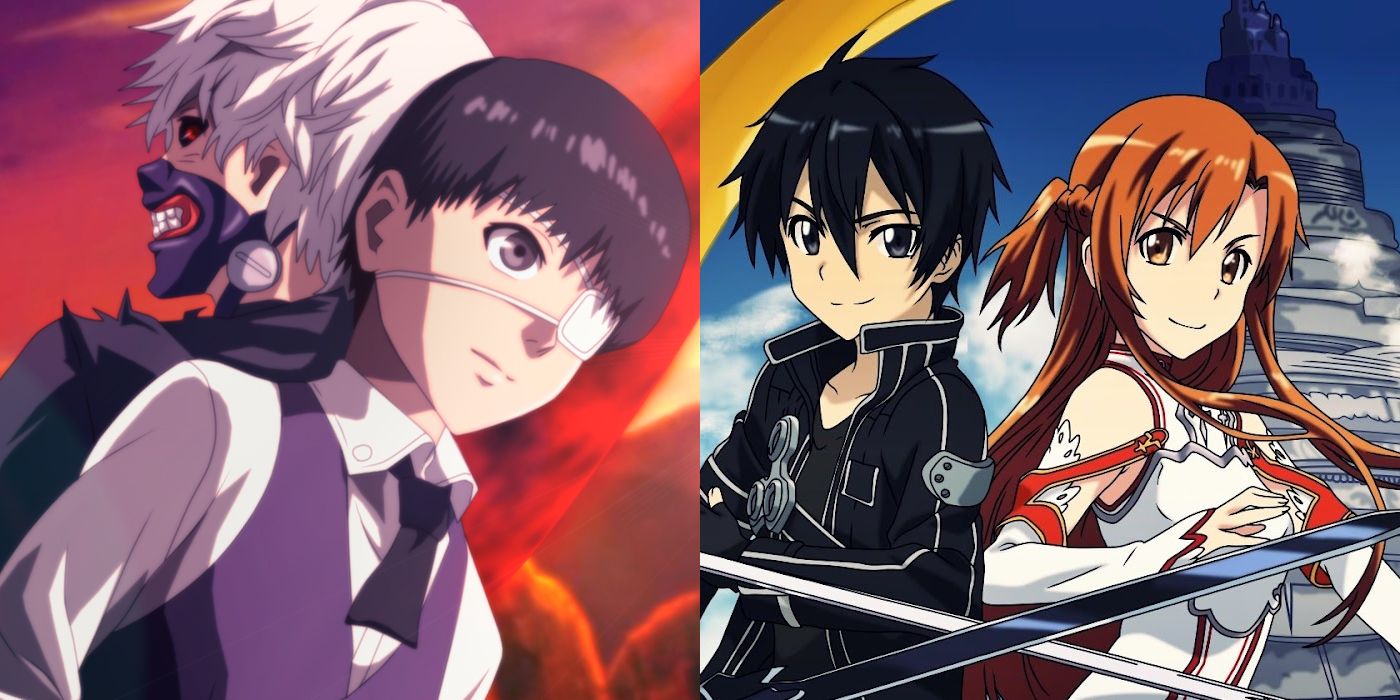
Related
10 Amazing Anime That Should Have Ended After Season 1
More is not always better, as is proven by these anime series. While their first season was splendid, they should have been left at that.
Unlike other martial arts anime and films of the time, Sword Of The Stranger boasts extremely fluid animation, with each sword strike and fancy footwork precise and properly planned. Instead of relying on flashy theatrics, Sword Of The Stranger manages to grab the attention of its viewers through cinematic-style fighting sequences.
Sword of the Stranger: The Claim To Fame
One could only imagine the thrill of watching Sword of the Stranger in cinemas during its limited theatrical release, and its rhythmic action sequences remain just as compelling by today’s standards. The film’s story transitions seamlessly towards and away from swordfights, with Nanashi’s fights against each opponent bordering dance-like in fluidity, blocking, and choreography. With no power for momentary audience thrills, Sword of the Stranger establishes personalities and stakes with each sword slash, parries, and dodges.
20
Shigurui: Death Frenzy (2007)
Shows How A Duel Is Equal Parts Skill And Mind Games
Shigurui: Death Frenzy
- Release Date
-
July 19, 2007
- Finale Year
-
November 30, 2006
- Seasons
-
1
While also touted as among the best samurai anime to grace screens, Shigurui: Death Frenzy certainly sets itself apart from its contemporaries with its dazzling displays of gory swordfights not often seen among this type of anime. Set in the Warring States Period, Shigurui: Death Frenzy tells the story of the blind samurai Irako Seigen and the one-armed samurai Fujiki Gennosuuke, both of whom participants in Tokugawa Tadanaga’s tournament where participants fought with real katana instead of bokken.
However, what makes Shigurui an exciting treat for martial arts fans is how this premise is actually a flash forward, as the anime reveals the circumstances of the participants’ fight. Unlike other anime with swordfights where matches are held with extremely fast-paced slashes and parries, Shigurui excels in building up tension both in short scenes and observations of audiences, showing that real duels are often decided in a few strikes instead of prolonged fights.
Shigurui: The Claim To Fame
Despite boasting visuals that already make a callback to alluring samurai films of old, Shigurui: Death Frenzy graces martial arts territory through swordfights that go beyond flashy strikes and slashes. Shigurui relies on building tension and suspense, where stances and minute observation between combatants can determine what attacks might work and what defenses could protect them. Despite its lack of extremely long fight scenes, Shigurui opting to stick to realistic swordfights often decided in seconds can give a breath of fresh air to martial arts fans who want more grounded stories and action sequences.
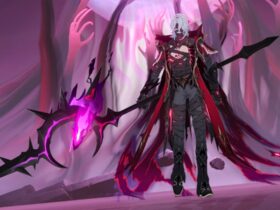
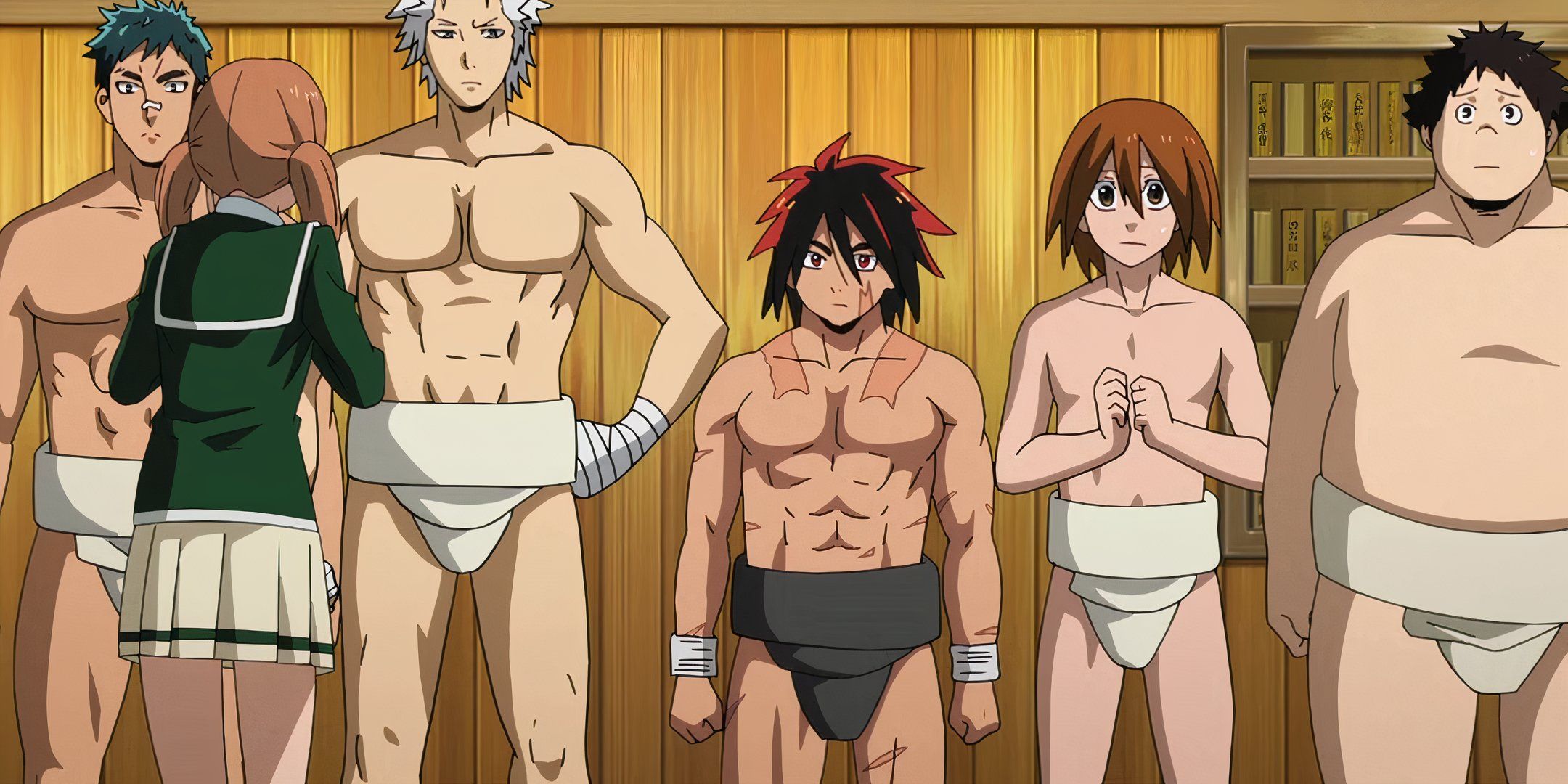
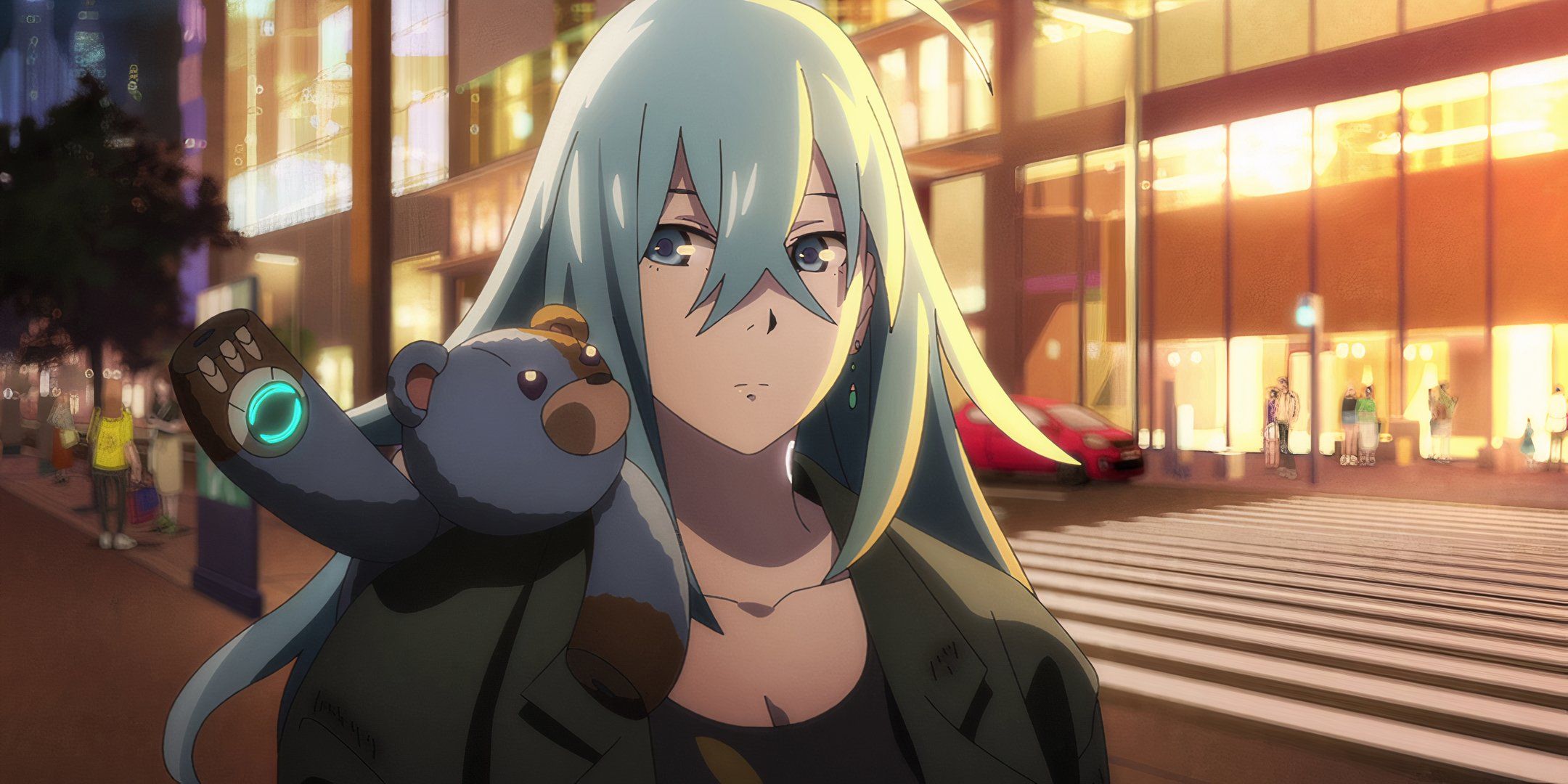



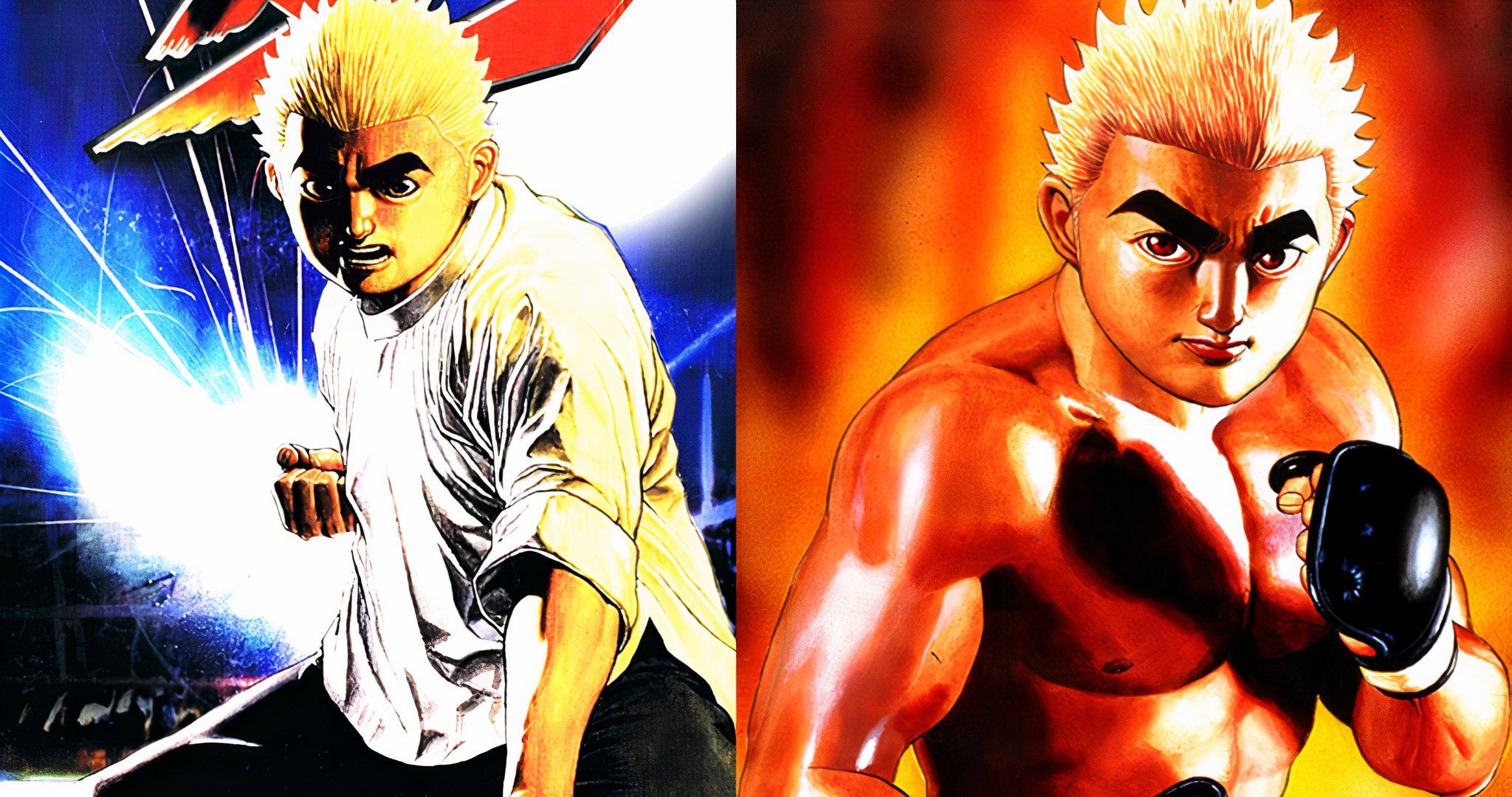
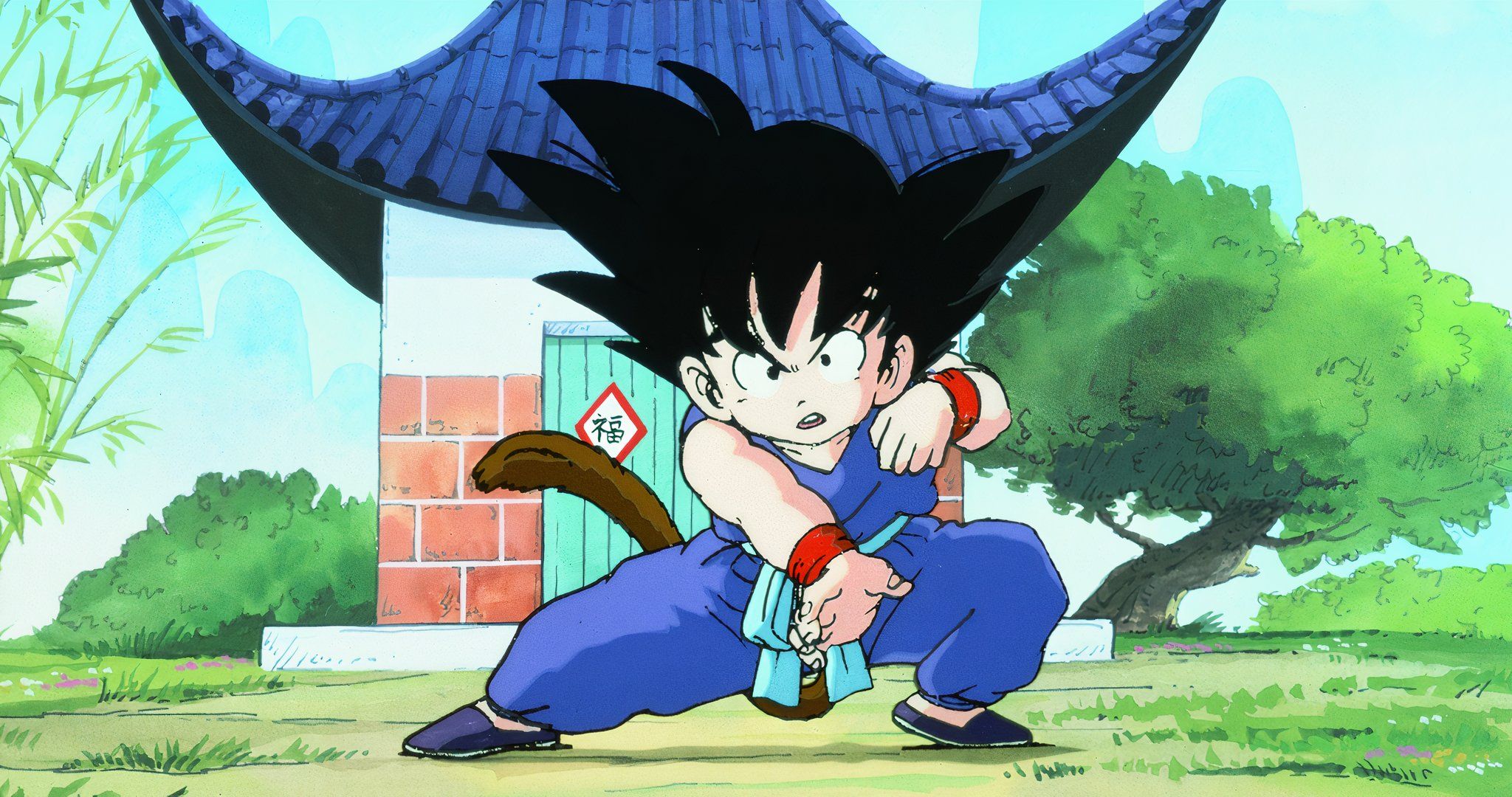

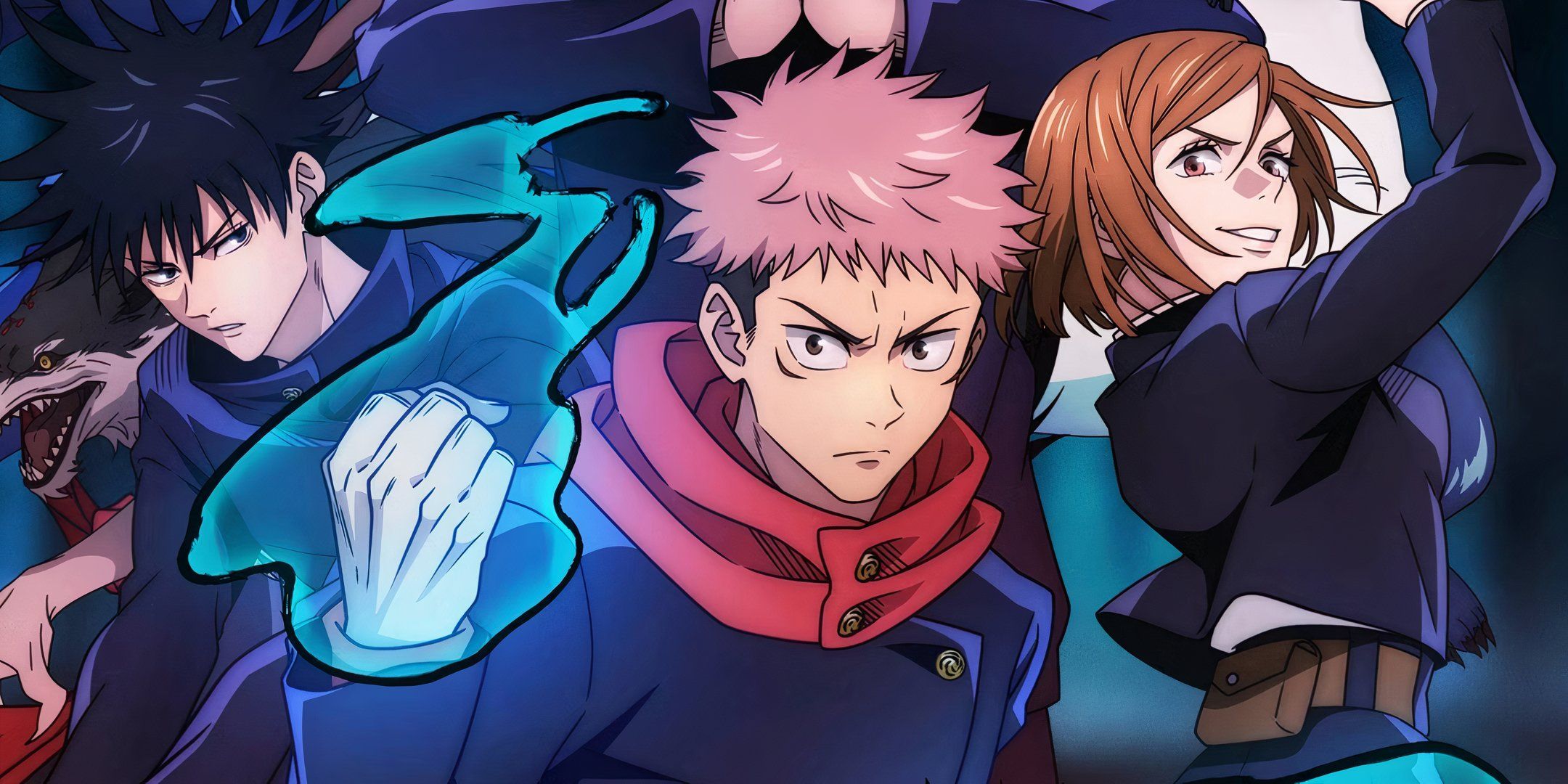
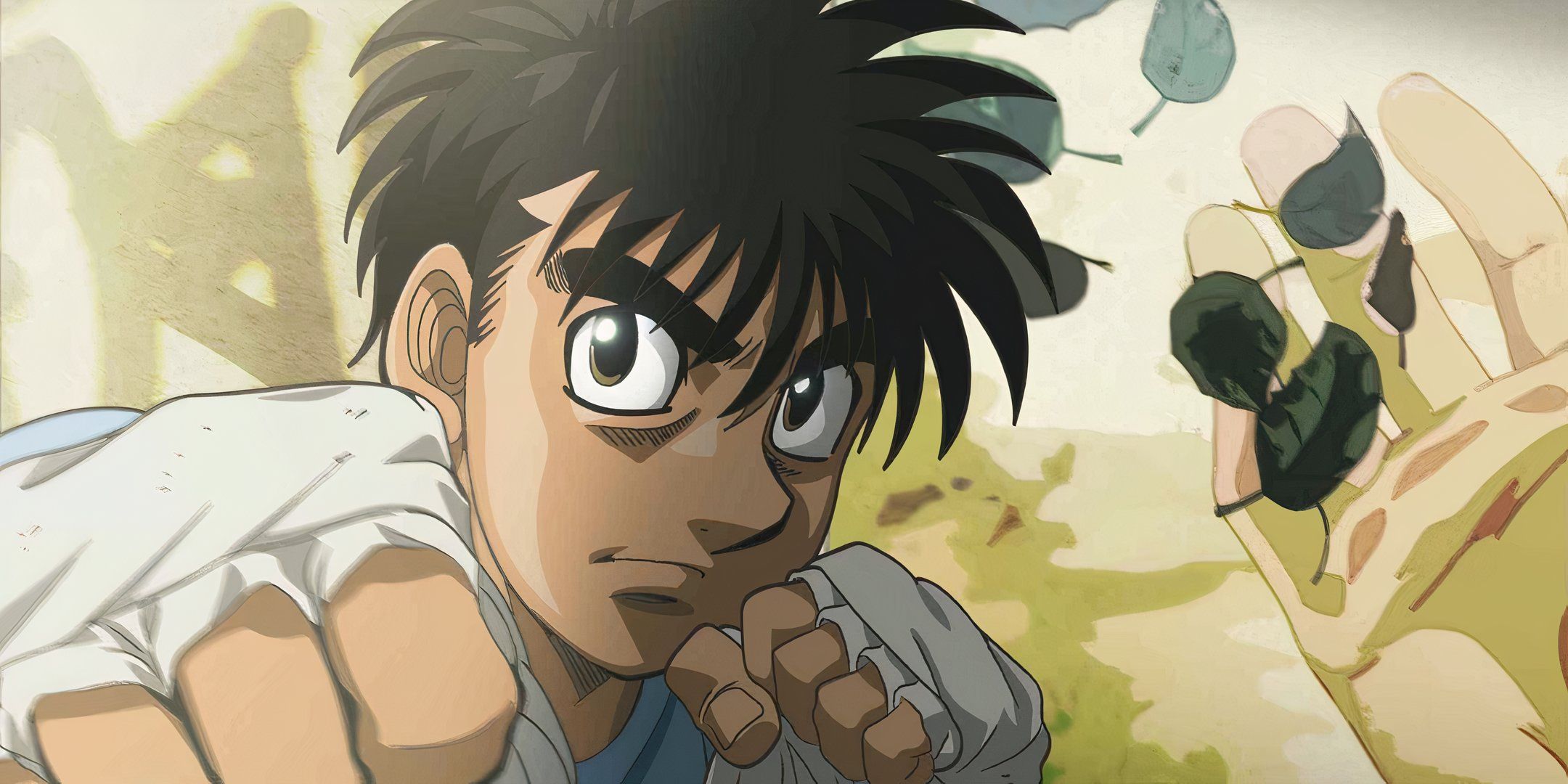
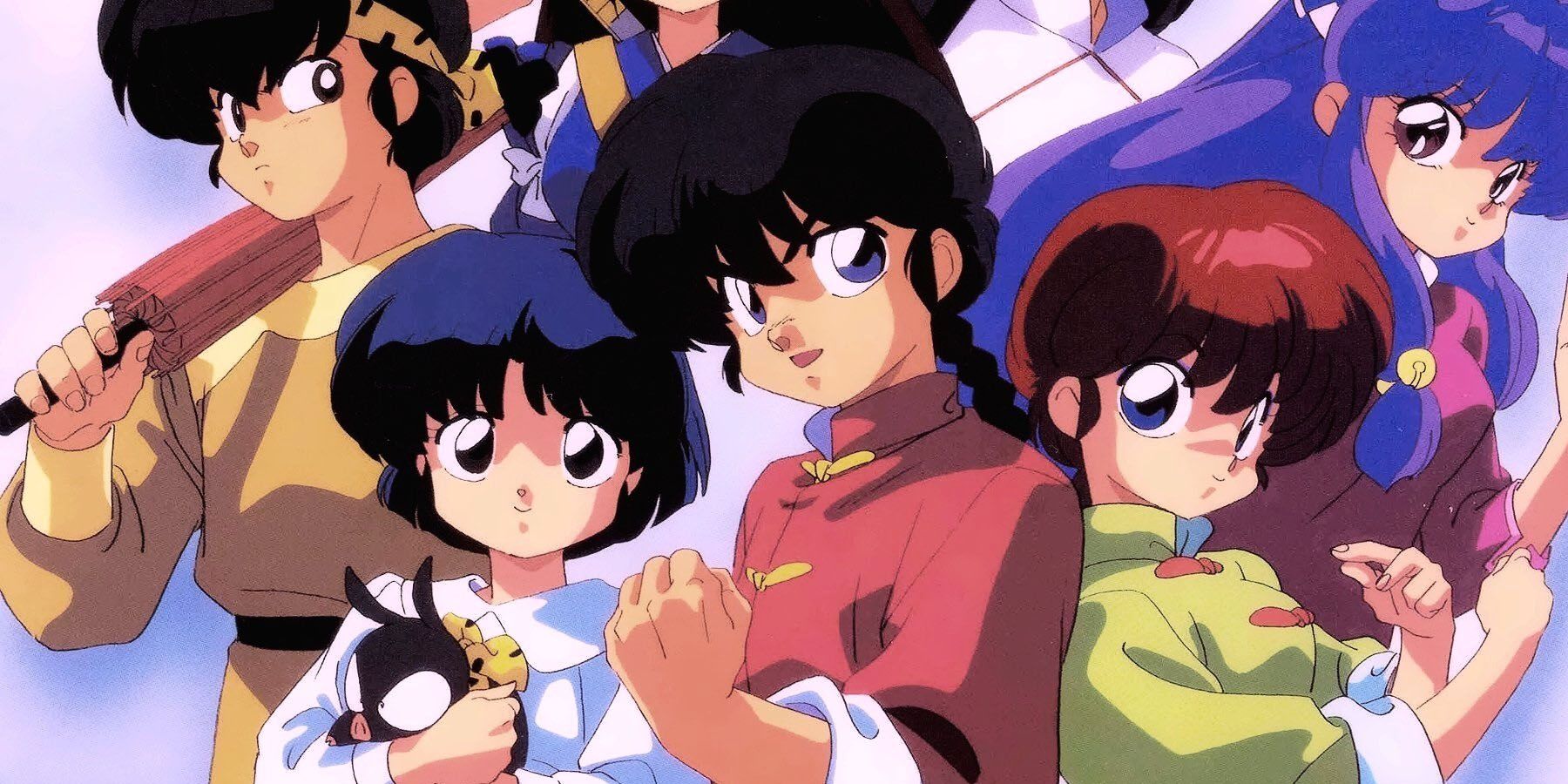
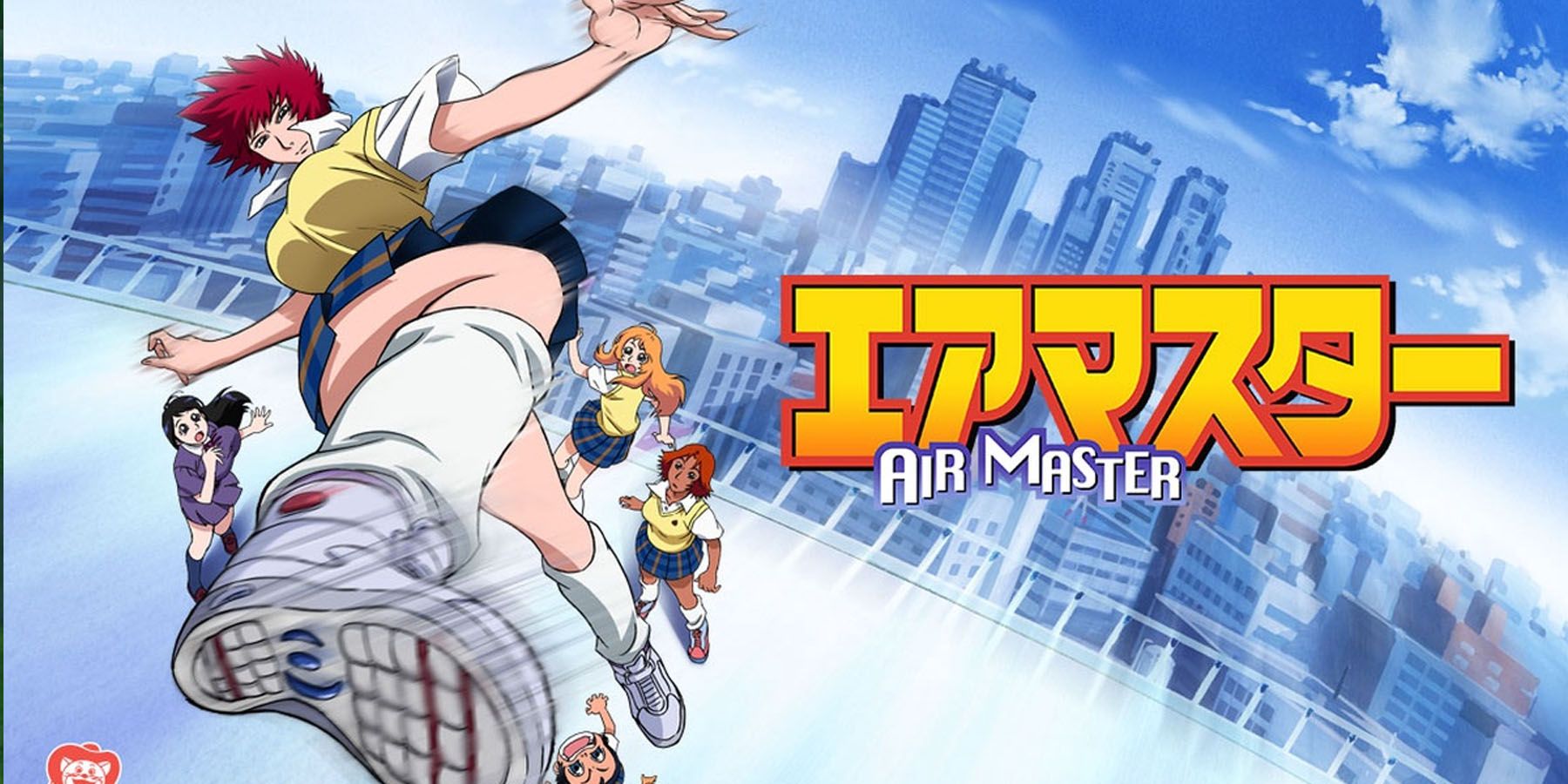
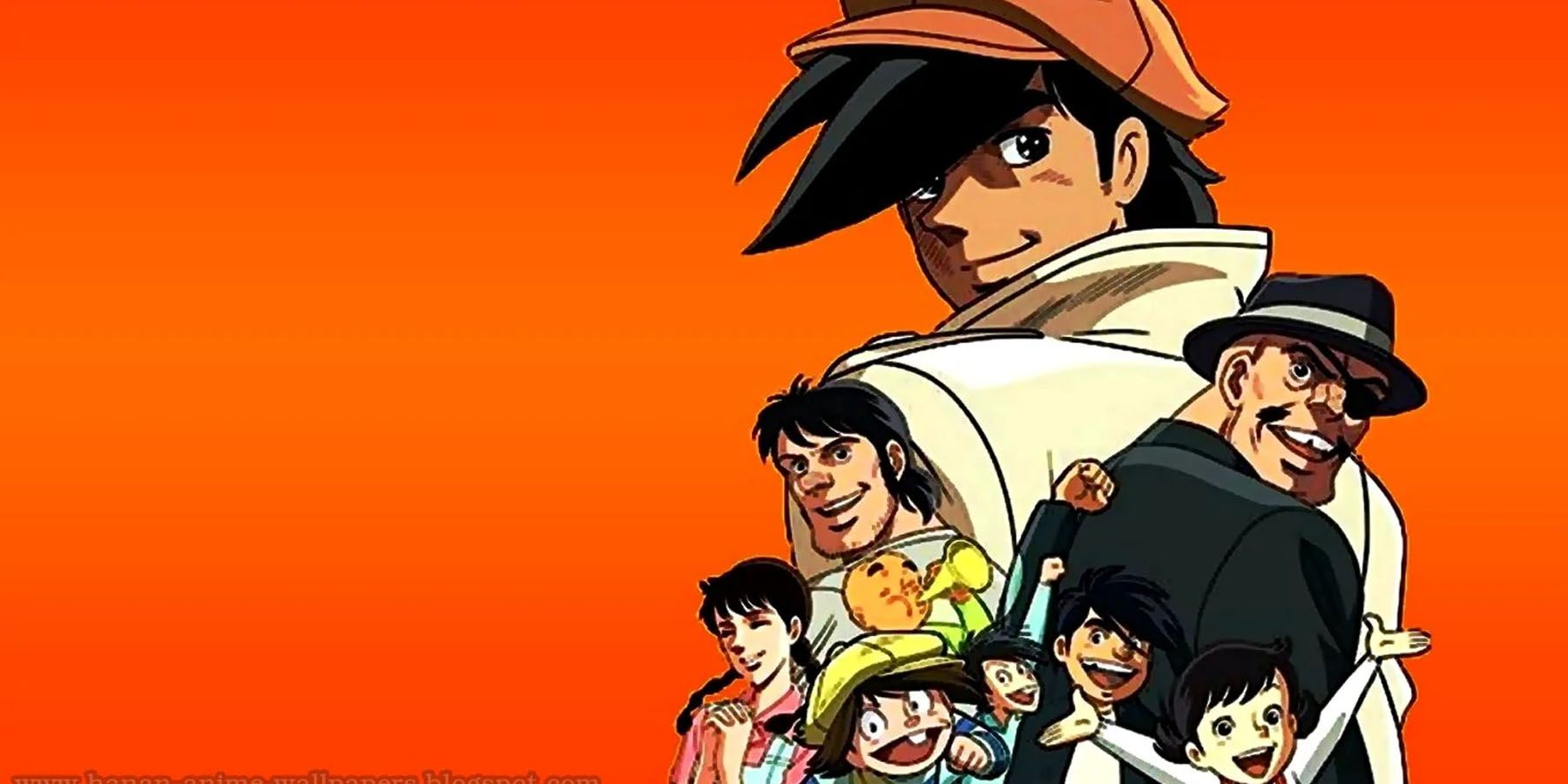
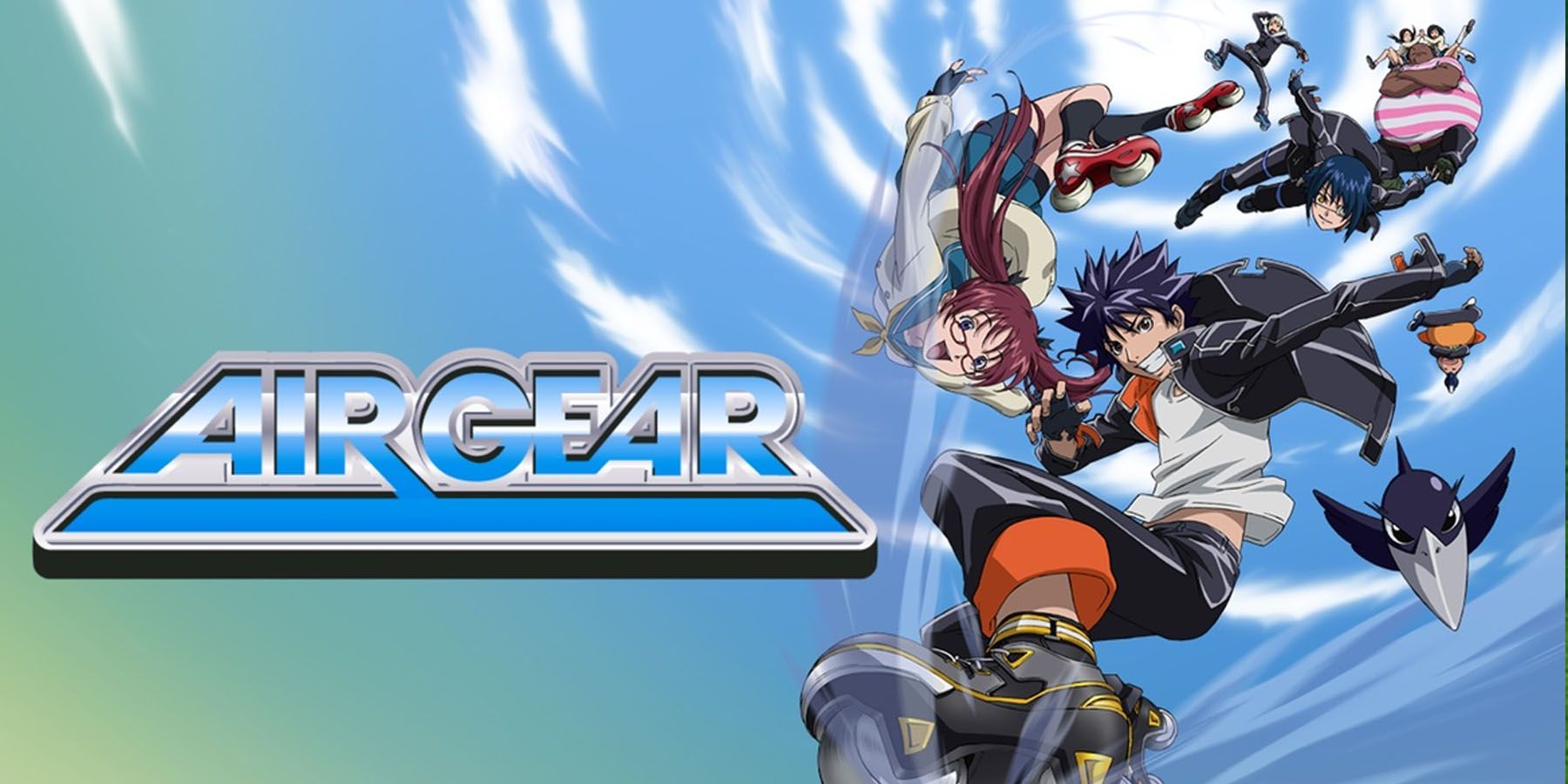

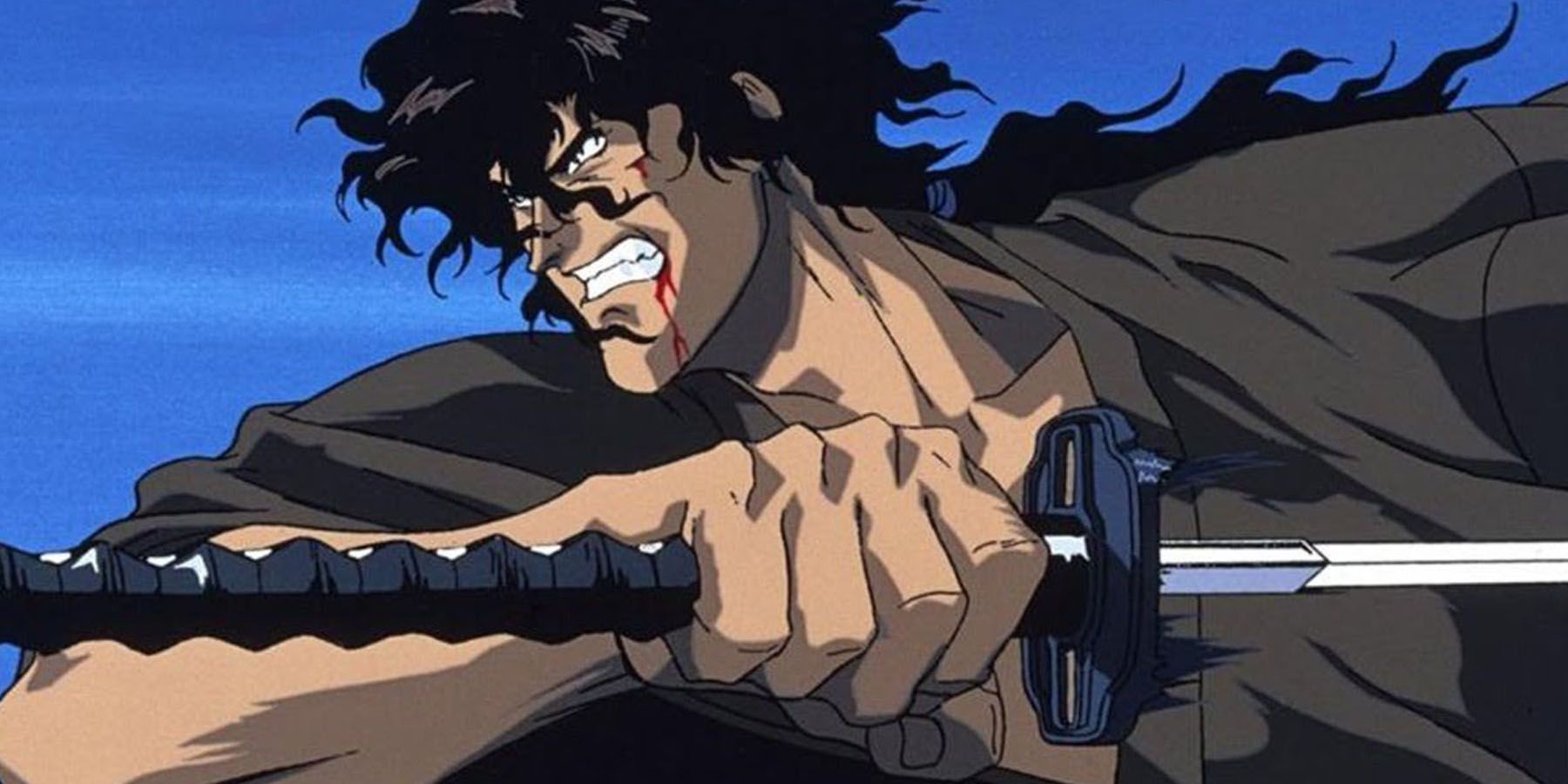




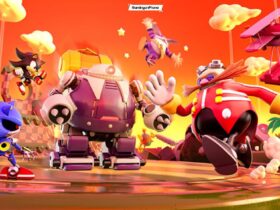


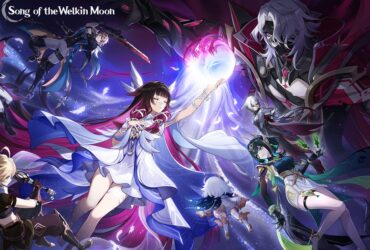





Leave a Reply